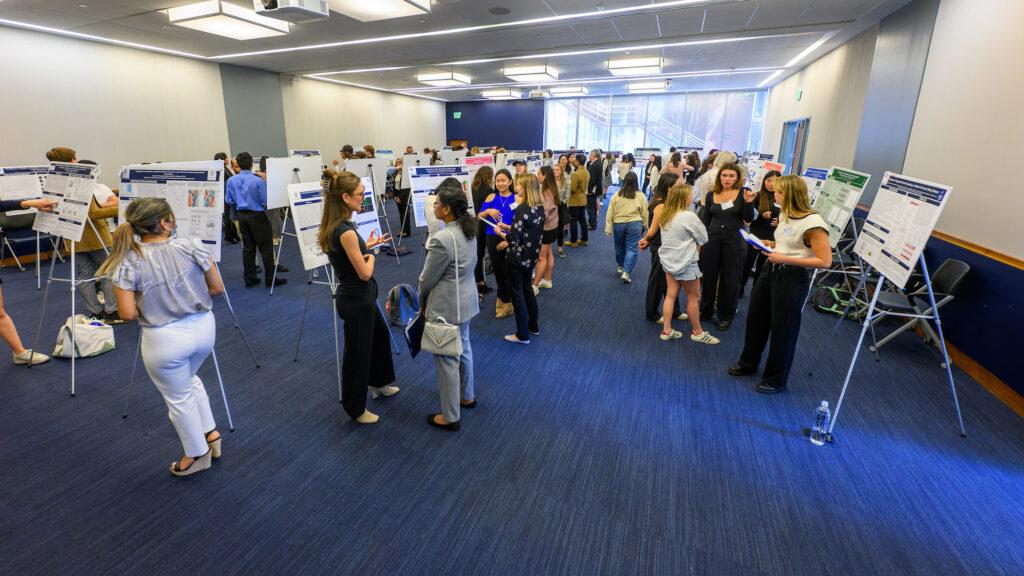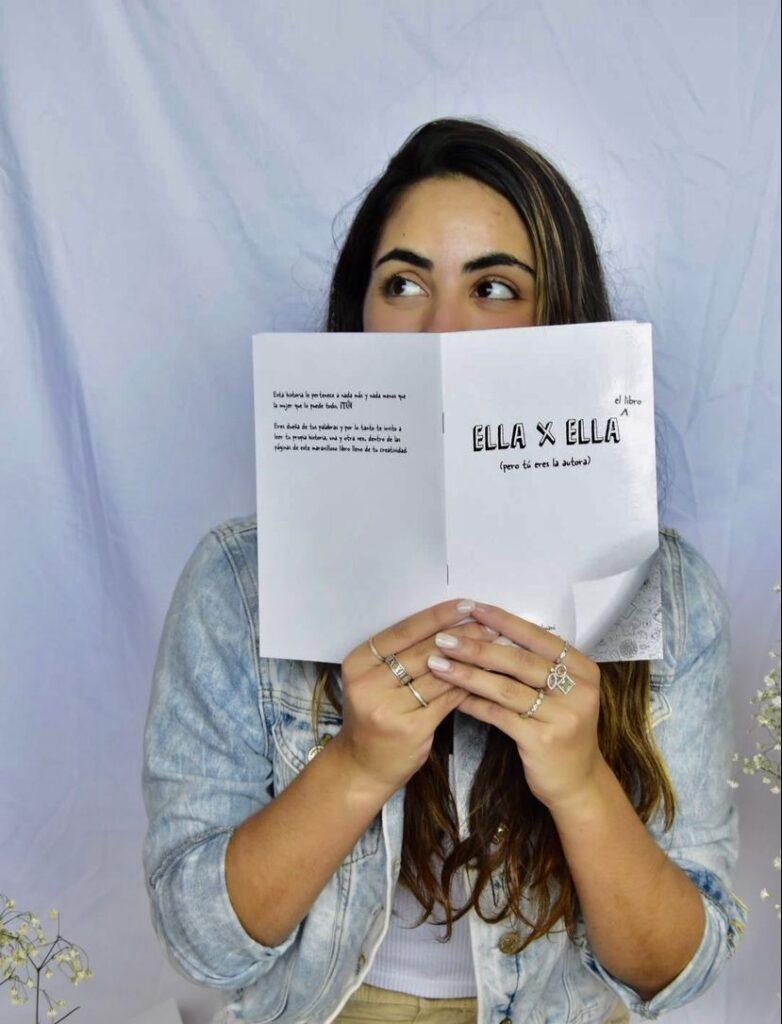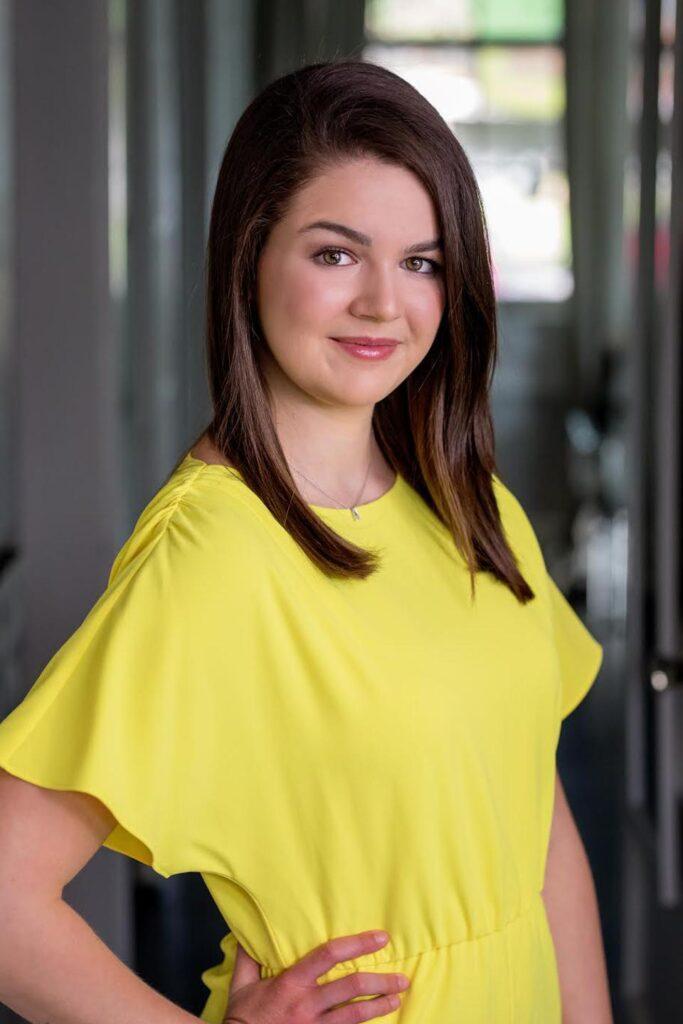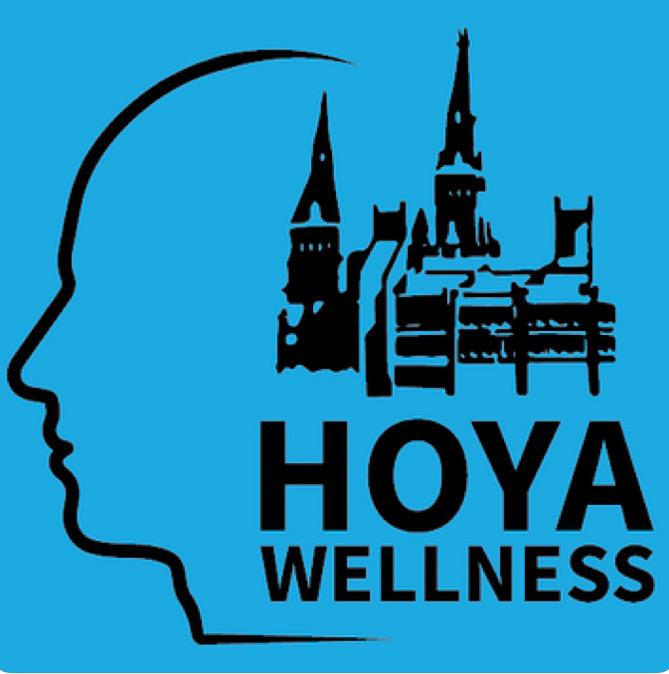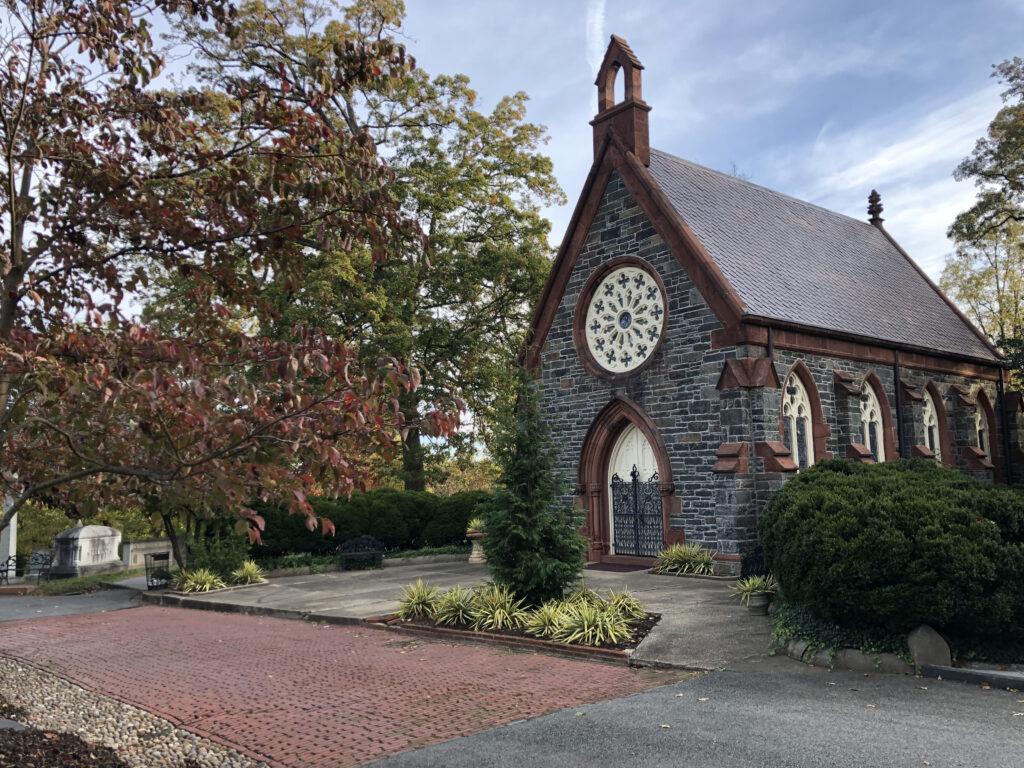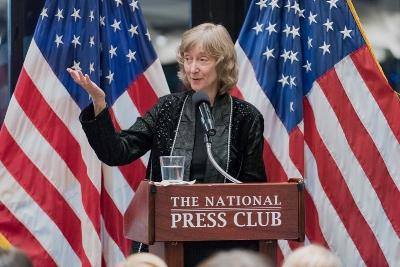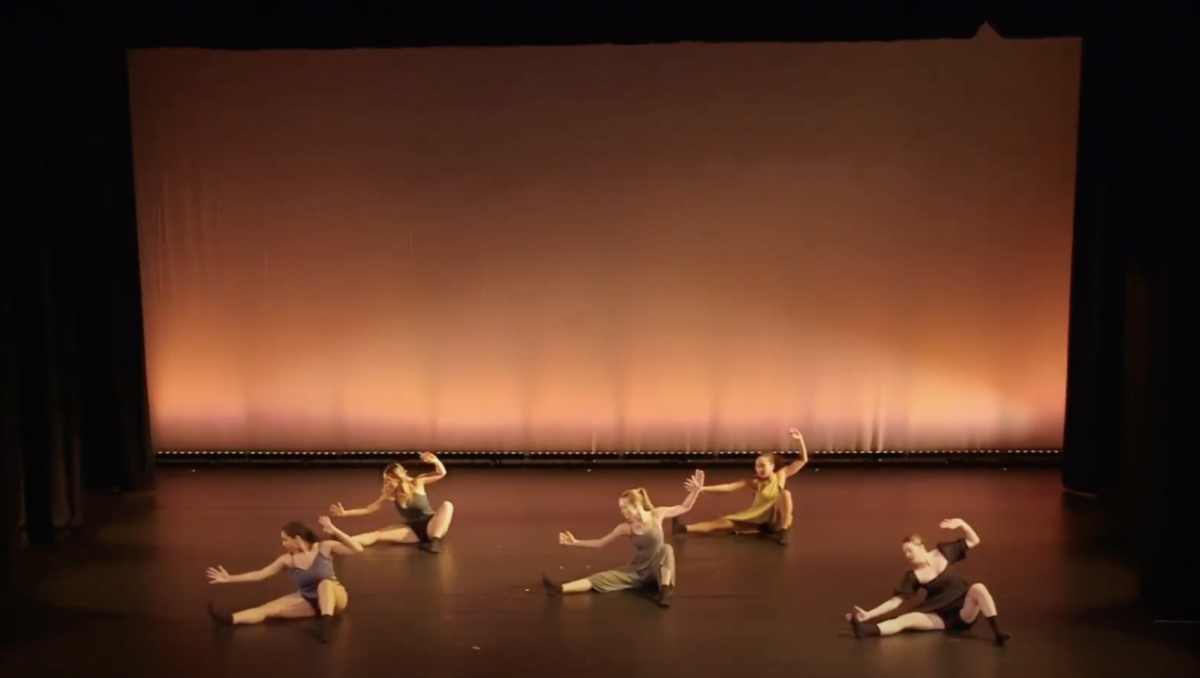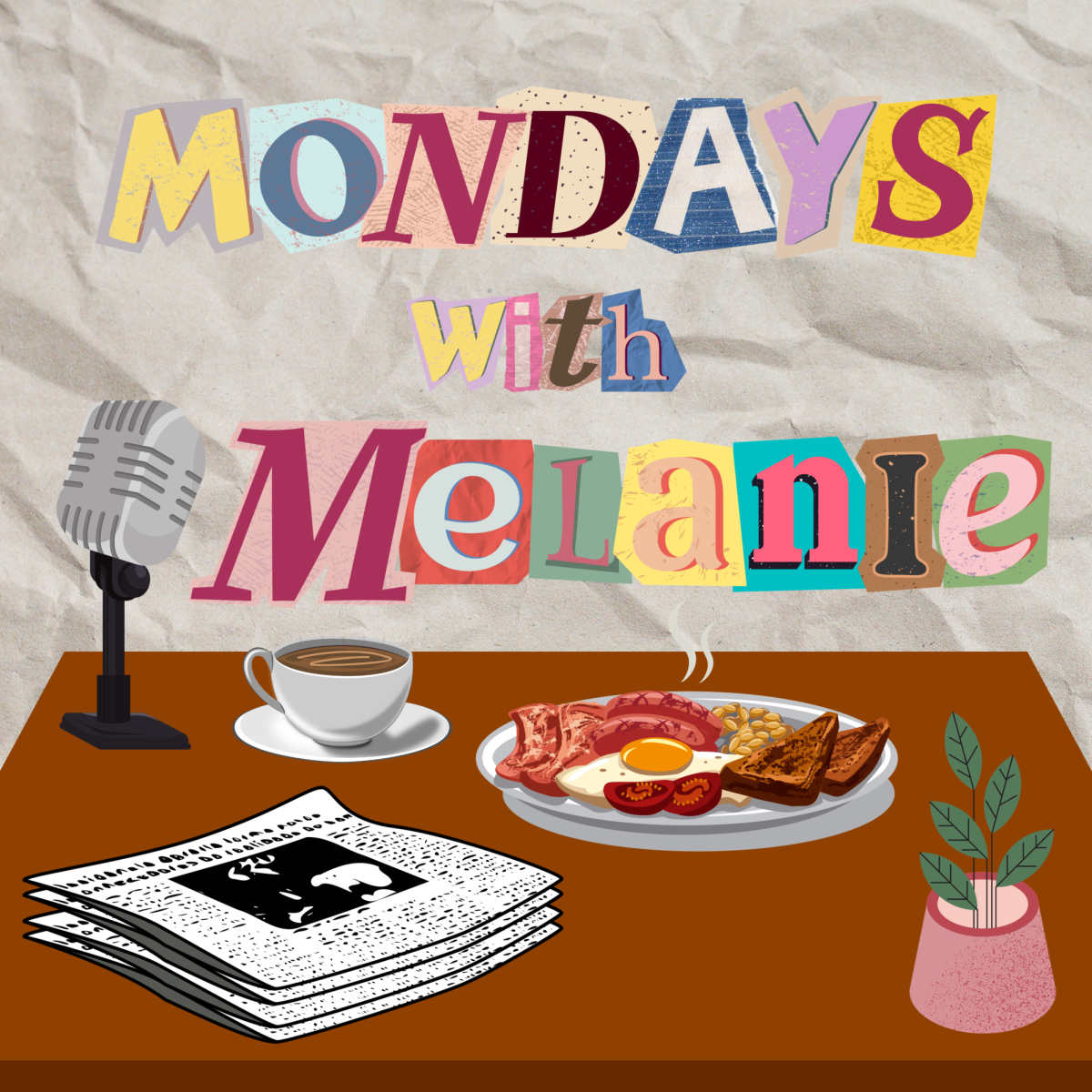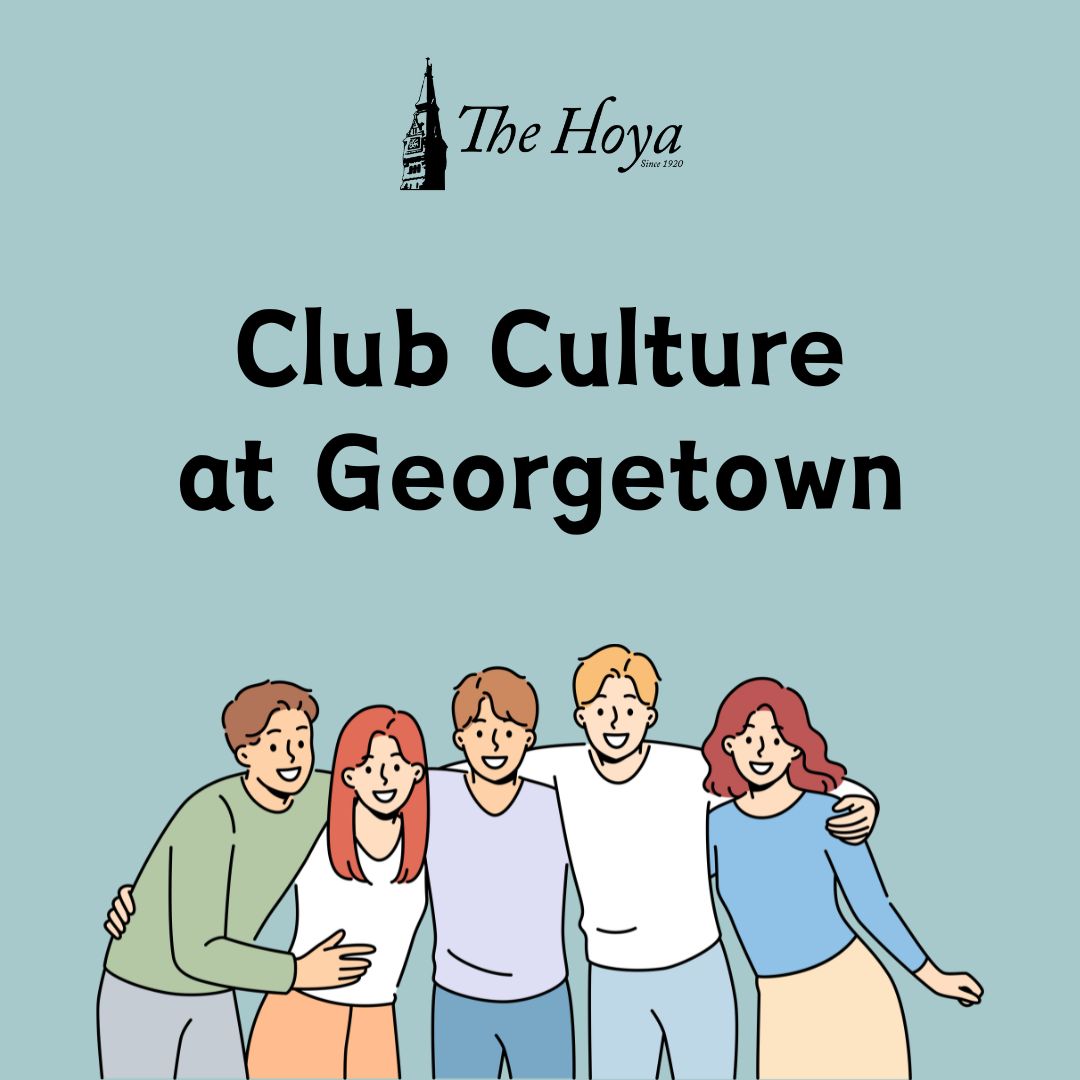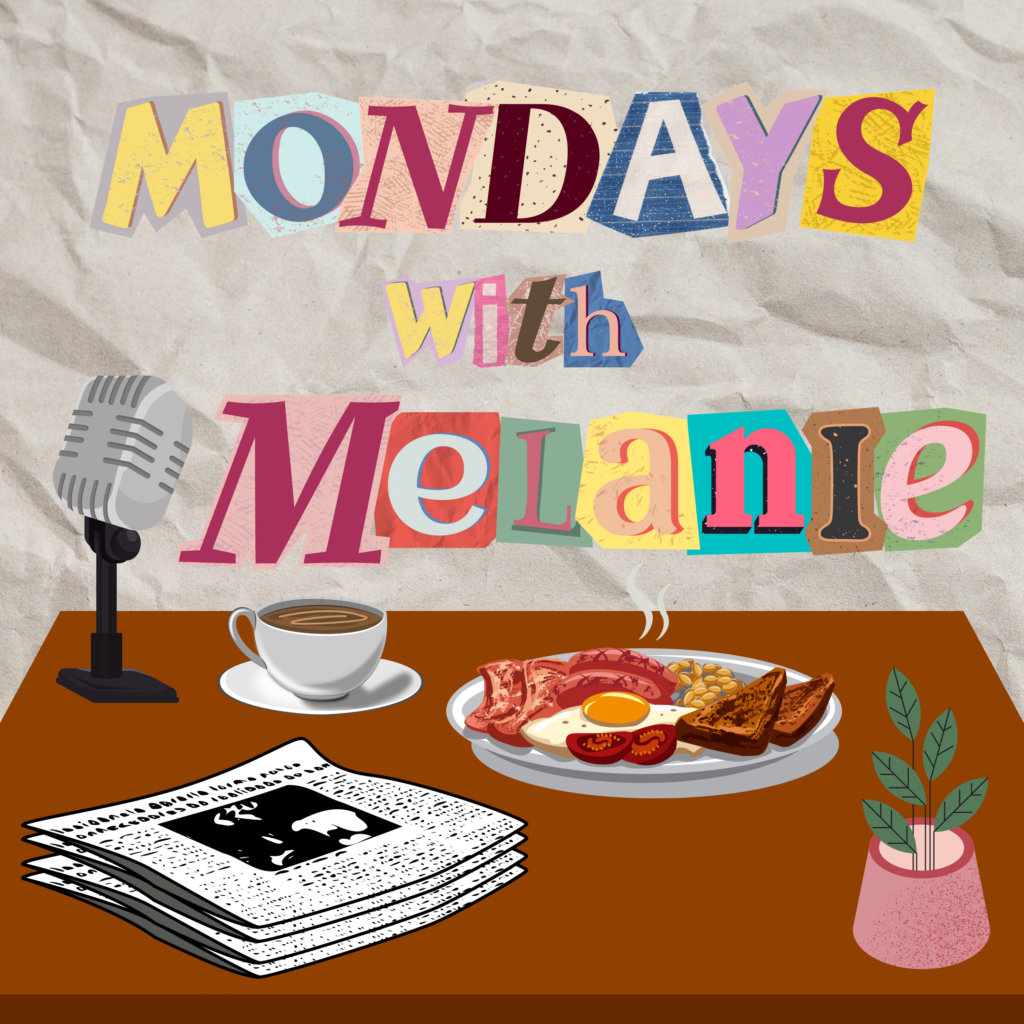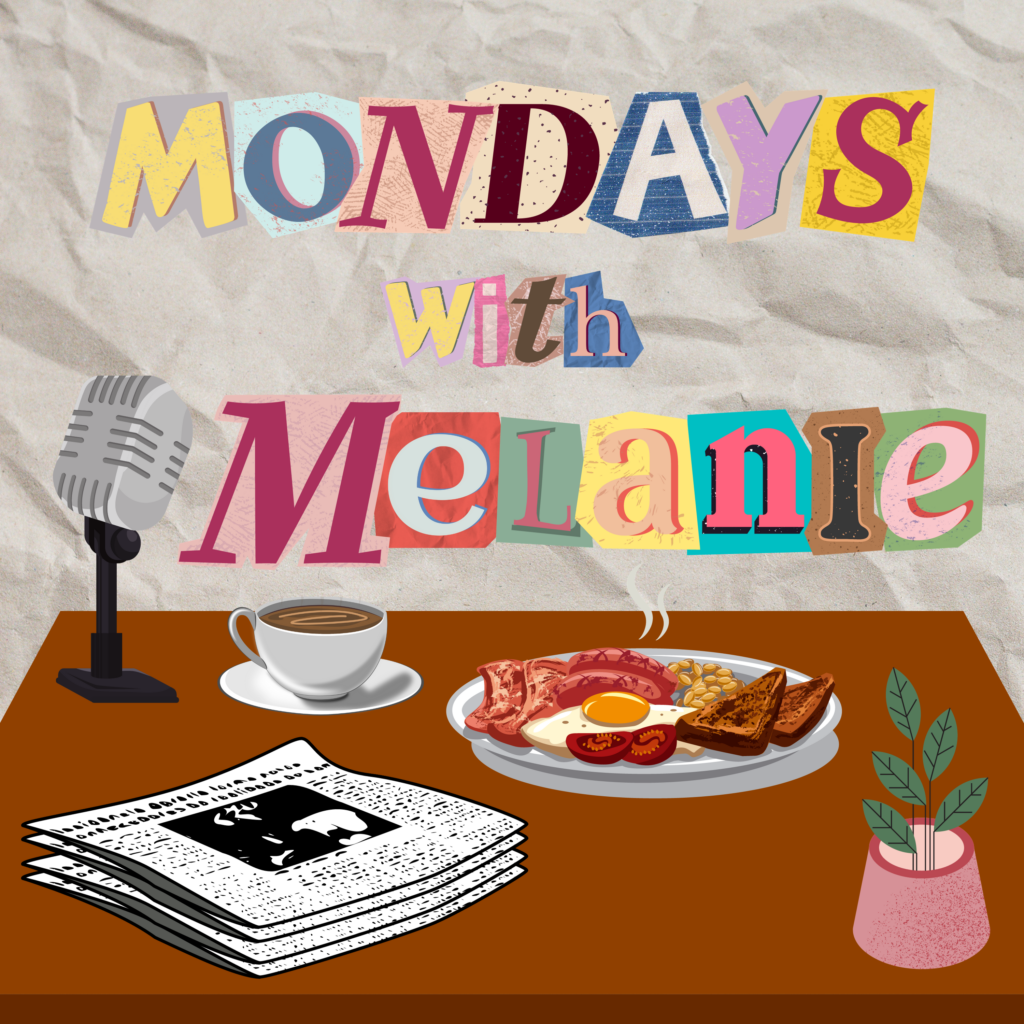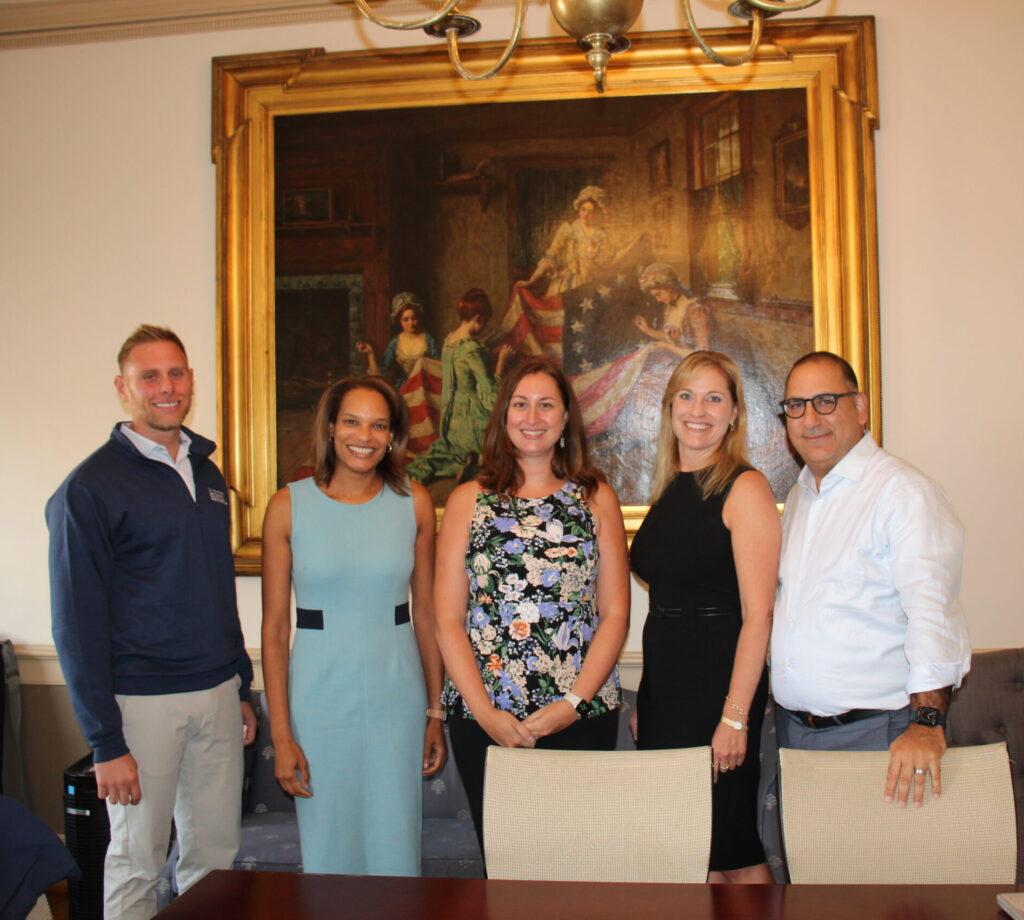In this podcast, science staffer Sahana Arumani (SOH ’25) interviews Dr. Jan LaRocque, associate professor of Human Science in the School of Health and Elizabeth “Lizzie” Graham (SOH ’23) about their roles in hosting the Undergraduate Research Conference on April 19. Tune in to hear about the conference’s return to being in person, the planning process and the organizers’ plans for future years.
Transcript
Sahana Arumani (SA): Welcome back to Community Corner. I’m your host, Sahana Arumani, and on this week’s episode, I interviewed Dr. Jan LaRocque and human science senior Lizzie Graham about how the Undergraduate Research Conference hosted by the School of Health was brought to fruition.
SA: The first and last conversations in this podcast are with Dr. LaRocque, who tells me about her role as a faculty adviser for the Undergraduate Research Conference, and her reflections after the conference. The middle conversation is with Lizzie, and she tells me more about her role as co-chair of the URC and also her perspectives as a presenter for the past two years.
SA: Okay, so to get right into it. I know that your role in the conference is as a faculty adviser. So I was just kind of wondering what that role entails and what your responsibilities kind of are?
Jan LaRocque (JL): Yeah, that’s a great question. So this is a student-organized and student-run event, so my role is really to shepherd the process along, so I’ve been the co-adviser for — I think this is my 10th year. So I have the institutional knowledge, right, in historical perspective of what has worked and what doesn’t work and how the conference should be evolving and changing. So, I tend to be that support for the students who may only be on the committee one year or at best two years, right. And so there’s a lot of turnover for the students that are actually organizing the conference. So I try to provide that stability. So, you know, what needs to happen? And when does that need to happen? What’s the timing of these things, and I kind of ping them and remind them of, you know, what the decisions we need to be making and the things that they need to be doing so.
JL: But we have fantastic groups of students that are doing – very well organized and very detail-oriented. So you know, as soon as I create a list or provide those instructions, they kind of take it off, take off with it, or even so they do a lot of the grunt work of actually developing the application, screening throughout the applications, when students want to give, you know, sign up for to be considered for oral presentations. It’s the students on the committee that are reviewing those applications and inviting the students for oral presentations. The students review the nominations for the faculty mentor award, I have nothing to do with that at all. So those things is really them, right. And when they’re really running that and making that part of their conference. But again, I’m helping just to make sure that things that need to happen in order to execute this conference occur on time.
SA: Of course, alright gotcha. So my next question is a little bit specific, but what are some of the institutions and departments that are like most represented in the conference?
JL: Yeah, so we have representation from the College of Arts & Sciences, as well as the School of Health and the School of Nursing. And within those in the School of Health, all three departments are represented. The school nursing, obviously has undergraduate nursing students presenting their work. In the College of Arts & Sciences, the largest percentage of that pie is coming from the biology department and various biology program tracks as well. But we have biochem majors, we have physics majors, we have chemistry, I would say the largest percentage of the posters are human science in the School of Health and then biology in the College of Arts & Sciences.
SA: Wonderful. So my second question is, or my fourth question, or how do students, you know, get exposure through this conference to maybe other professionals or other faculty advisers? Like, what is the networking kind of portion of that?
JL: Yeah, that’s great. So think it’s twofold. So one is for sure, for the faculty that are circulating through, right, we have a really great faculty turnout, that a number of judges alone, you know, sometimes we have close to 20-30 different faculty members that are circulating, and they’re coming from all different places across the university as well, right. So in the biology department, and we have chemistry department, and we have a lot of medical center faculty that come over and do and judges. And, of course, our human science faculty are a strong point in that. So they’re going to be a potential source in networks, but also their peers. I love when I go back and come up to a poster and talk to someone they’re like, Oh, I just saw a student that’s working on this in this lab. And we were just talking about that. And so that peer-to-peer interaction has a whole different value to it than the faculty-to-peer engagement, as well, which I was surprised by. I didn’t necessarily anticipate that until, you know, doing this a few times, I could actually see the value that students are actually appreciating learning from each other. And then there’s this energy about that, it’s different from actually learning from their peers than from other faculty as well.
SA: That makes a lot of things, actually. And what has been your personal experience with mentoring students for this conference? Because I know a lot of students have kind of gone through your lab and the conference.
JL: Yes. Yeah, so in my personal experience, it’s just been fantastic. I mean, Georgetown students are exceptionally motivated, exceptionally bright. But they’re still green, right? So there’s still so much to learn. And they’re like a sponge, and they want to learn these things. And so I really have valued my mentoring relationships with my students and, and helping them to develop things all through that process, because yes, the technical things and training them in the lab and teaching them how to do this essay or this procedure. That’s important, right? That’s the way we’re going to get data. But really what I see my role as a mentor is kind of what my goal is for the whole conference, right? Teaching students on how to develop a data-driven narrative, from the beginning, from conception and thinking about what it is, and what the rationale is, to a final product that, again, your audience can appreciate. So I really put a lot of value on that part, the nitty-gritty of the data, you know, that’s for me as a faculty member to make sure that comes together to create a manuscript or a grant proposal. But really, the process of these different steps is what’s been really valuable to me. So I tried to put a lot of energy into that part of the mentorship as well.
SA: Okay. Wonderful, and how have you seen the conference kind of change over the years that you’ve been a part of it?
JL: Yeah, so I have really valued the growth of the conference. So when I first started co-advising, the student committee had been inviting outside universities, so a lot more regional, local, like Johns Hopkins and some regional schools to see if they want to come up present. And they did. And it was that actually, I really, really enjoyed it, it became so popular that our numbers and our participants just kind of ballooned. And we just like in our group of students, it was really hard to manage the whole conference when we’re including outside institutions as well. So a few years back, I think it was five-ish years ago, we decided let’s make this the Georgetown University Undergraduate Research Conference. So focus on just students from the Georgetown University, and the sciences and health-related research. And so I was a little nervous about what they would meet me with our numbers, right. So are we going to drop down? Is there still going to be as much you know, is there going to be as much energy as we expected, and absolutely was, so that energy consists of carry through. And during COVID – gosh, when we did the whole conference online, and never fun, none of that was fun. So there were so much beautiful energy when we came back in person for our first in-person event, which is fantastic. And we came back and our numbers were a little lower. And I think it’s because students just didn’t have data, right, because they were shut out of the lab for a year, and now we’re up. So we had 60 posters. Last year, we had 94 this year. So we had a 50% increase in the number of students presenting and again, just on Georgetown’s campus. So I’ve really enjoyed watching that grow, we had to move our space, we used to be in Copley Formal Lounge that couldn’t hold us anymore. So now we’re in the Healey Family Student Center. And so I just really enjoyed watching not only the number of students involved in research, be you know, how have that co-curricular activity, but then have the confidence and like this culture of wanting to present and share it with others. And so I really have enjoyed watching that grow, those numbers.
SA: Okay, wonderful. And my last question is, you’ve kind of already alluded to it, but the future of the conference, like how do you see it evolving? Or do you have any ideas for next year? Things like that?
JL: Yeah. So I mean, I think the evolution it’s interesting, because I often put that on the students, right? So as a student-run conference, what do you want? What do you want from this, and sometimes their conferences look different based on what the students want. One year, the conference was three days long — we had like the keynote address on one day, and then we had the poster sessions on another and the oral presentations on the third and, and so I think the evolution of that’s kind of dependent on the students that are chairing those sessions. So I definitely see our numbers increasing as students become more comfortable and confident in wanting to present their work. And maybe ends up being growing into a multiple-day event. So we can have, you know, multiple poster sessions, maybe we subdivide them into fields, your basic sciences versus more of your population health posters, right? And so those then get elevated on certain days, right. And so I think it’s the evolution will change based on the total number of participations and what our capacity will be, but I’m excited to see what’s gonna be.
SA: As you heard, the Undergraduate Research Conference is student led with the role of faculty adviser there to guide the process along. Dr. LaRocque also spoke about the importance of mentorship and how the conference has changed over the past 20 years. Here’s my conversation with Lizzie, where I asked her about the responsibilities of the student committee and her personal experiences as a student researcher and presenter at the URC.
SA: So I’m just going to start off with the first question. So what is the process of organizing the undergraduate research conference look like?
Lizzie Graham (LG): Yes. So most of it is centered in the spring semester – that’s when we do most stuff. But the two co-chairs, so this year it was Mackenzie and I, we kind of start things in the summer. Because that is when Jana and Alex, who were the faculty directors for the committee, decide who they want to be the chairs. And so I had been the chair last year, so I was kind of already involved, but they decided that they wanted Mackenzie to join us. And so they asked in, probably June-ish, I would say, and when Mackenzie agreed to it, that’s when we both started looking for the keynote speaker. And that is kind of the main event that happens in the summer, in addition to us trying to figure out who we want to be on the committee. And the process of picking the committee is mostly we kind of asked for recommendations with professors in the human science department, if they know people that are involved in research that would be, you know, dependable, and would maybe be interested in doing this. And then we also just scope out at least one person in the college because a lot of college kids present. So we went, you know, some representation there. But the committee, we make sure that we have at least one representative from all the four majors, well, actually, not HCMP. But I was gonna say all the four majors of what used to be the NHS, now it’s the School of Health and School of Nursing, but we make sure that we have human science, global health and then nursing. HCMP — usually a ton of them aren’t really presenting. So we don’t really have a ton of representation from them. Not that we didn’t try, we tried to get someone from HCMP. But it didn’t really work. But anyway, that so keynote speaker is the main process in the summer. And then in the fall, the co-chairs basically just find the committee and ask them if they want to be on it. And then we organize how to get involved in with research panel in the fall, which is just like a student-led panel, primarily for underclassmen just about like finding a lab, making sure it’s the right fit — you know, all the things that come with doing research as an undergrad. And then this spring semester is really when the committee work picks up, and it’s just sending out the application. And then once the application closes, reading through all the applications, interviewing people that are interested in oral presentations and also picking the general mentorship award. And then the day of which you were there yesterday, just a lot of like logistics, setting up posters and things like that. That’s pretty much it.
SA: Got it. Thank you. So I know that you participated in the conference last year as well. So I was wondering if you could just kind of, you know, compare and contrast your experiences in your first year versus your second year presenting and going through it?
LG: Yeah. I think a lot of it was similar, but kind of the major difference was last year, there were only 63 presenters. And I think that that was largely because we had a lot of classes that were more affected by COVID last year. So people just couldn’t get as involved with research for last year’s conference as they did for this year’s conference. And so the consequence of that was for this year, we had 93 presenters. So like a whole 30 more people, which was really, really, really awesome. But just like a lot more work, you know, that’s like a third more than it was last year, in terms of printing posters, in terms of kind of organizing people and things like that. And so, for this year, we just really made sure that the committee went in with like, very clearly laid out expectations for what we expected of them, just so that we could make sure everything happened the way it needed to happen. And last year that was true too, the committee was great last year and we were still on top of things. But we didn’t need to be as on top of things as we were this year, because this year there were so many more people.
SA: Wonderful. And how would you, what do you kind of hope to see the conference look like in the coming years? Do you have like kind of a vision for it or an expectation at all?
LG: Yeah, I think it would be really cool. Well, first of all, I think it just be really cool to see it continue to grow. Because I know this year we had, like I said 93 presenters, and I think this year was the first year where we had so many underclassmen. We had I think it was three or four first-years and then a bunch of sophomores, which was really cool. I think we hadn’t seen as many underclassmen before, just because I think it takes some time for them to get involved in research. But clearly, that’s not a problem. So I think it’d be cool to see it continue to grow, so that we have a lot more students presenting, and maybe even moving into a bigger space. I know we’re just in that social room for our presentations. I think it’d be cool if we got to a point where we kind of had to expand into the Great Room for the whole HFSC, where it was just like a whole thing so that a lot of people could present. Another vision that I have for the conference is just getting more people super excited about the keynote. I’m sure you saw yesterday, there were, you know, not too many people at the keynote, which kind of made me sad, because he did such amazing research. And he was such an amazing person, that I think maybe it’s on our end, and we need to advertise it better, because the keynotes are always super, super cool. Last year, the woman that presented was an amazing researcher as well. And so that would be one of my main goals for the conference too, is getting more people to attend the keynote.
SA: Got it, thank you. And one of my final questions is, what would you say to students who are perhaps just getting involved in research, or perhaps want to get involved but don’t know exactly how to go about it? What would you kind of impart to them?
LG: Yeah, one of the things that I always tell people is, I think, especially in science research, I think that there’s this kind of intimidation by people that aren’t involved yet — that like, oh, I don’t know how to do any of that. That’s super hard, or like, you know, things that things like when you’re on a bench science research, right, where you have to do like pipetting, and you’re running like western blots and all these complicated techniques. I think before people get involved, it’s so intimidating to them that they don’t think they can do it. But in reality, like pretty much for all of the primary investigators that I know or have heard about it on Georgetown’s campus, it doesn’t really matter what skillset you come in with, because everybody is just so excited to teach you what to do and to help mentor you along the research pathway. And so I think that’s one of the first things that I would tell underclassmen just is that, it’s not actually that scary. And I know it’s easier to say that than to believe it. But it really is not that scary. So first, would just be to not get intimidated. And then my second piece of advice would just be to talk to people about it, like to talk to students, go to office hours for a professor that you know does research, even if you don’t want to do their research, just talk to them about it, and how to fit it into a schedule. That’s what I did. So Dr. Blythe Shepard is my faculty adviser in the human science department. And I went to her just to talk about like, how do you do this research thing? You know, not necessarily to get involved in her lab, although I did ask her what her lab does, but just in general to talk about like, you know, what is this? What is expected of undergraduate students? When should you get involved? How do you do it? So I talked to her, and then I also just talked to some, like fellow peers and older students that I knew at the time. And that really helped kind of dispel some of the myths and also helped me figure out just how to get about doing it. And so that would be my advice is, one, don’t be scared, even if you don’t come in with any skills. I didn’t come in with any skills, and you learn all of them. And then just to talk to people about it so that you can make sure you’re finding the right fit. Because that’s the other thing. I think a lot of people just want to get involved in research. So the first lab that says, yeah, we’ll take you they get involved in it, and then they don’t like it. But then they’re afraid to leave because they don’t want to leave a bad impression or things like that. So the other thing, I guess, that I would emphasize is making sure that you’re actually potentially going to be passionate about the lab that you’re in before you join it so that you’re not stuck in something that you don’t like.
SA: Those are my conversations with two organizers of the event. This last portion is a follow-up interview I had with Dr. LaRocque, following the conference, on her thoughts about the event and how it went.
SA: I was just wondering what your general reaction to the conference was, like, how do you think it went? What were the like major areas of success?
JL: Yeah, I always love this event. But I thought that this year, it just keeps getting better. And when I say better, it’s not only the numbers of posters, not only the record number of students participating. But I’m amazed by the breadth and the depth and the quality of research that’s going on across the entire university. Right, from all sorts of disciplines, our molecular biology to our public health — I saw health policy poster. I mean, it was everything you can possibly think of was represented in such incredible high quality. It was really, really impressive.
SA: Wonderful, and what was kind of the student feedback that you got from the conference, if at all?
JL: And yeah, you know, I didn’t get direct feedback. I didn’t solicit it. But I would say anecdotally, what I found from the students, at least from students that I got to go up to the posters and talk to them, was this excitement and energy, like a positive experience and just being able to share their story. And I might be reading too much into that, but I really appreciated their enthusiasm and I felt that because of that, I mean, making the assumption that this was a positive experience for them, and giving them that opportunity was great.
SA: Wonderful. And what was the faculty feedback? Like, if at all?
JL: Yeah, the faculty, same thing I said, you know, and most of the faculty were the ones that were participating in the judging, and they came to me and would hand in their scoresheets, and they’re like, how do I rank these? How do I score? These are just so many phenomenal pieces of work. That, you know, I think that was across the board, the most consistent response I got from the faculty. And an appreciation for the event in itself. I think they really, really valued it. You know, when you’re there, and in the middle of it, you realize what a good thing it is.
SA: Thank you so much. You just mentioned the judging process. So I was wondering, how does that process look? How are the students scored? What are those criteria like?
JL: Yeah, so I don’t have a copy of my rubric with me. But we do give rubrics to the judges, they’re asked to think about pretty basic things that you consider when you want to evaluate someone’s scientific rigor. Right? So what is the depth and originality of the question that they’re asking in itself? What are the validation processes and the methods? And are they strong? And are they sound in that field? Then they also get scored on the results, on the presentation of the results and the interpretations of those results. And then, overall, your ability to communicate in a poster medium. So not just how does the poster look, how well is it organized, you know, free from error, but also, how is the student able to present that and communicate that orally to their audience. So those four major categories are considered. And then faculty judges are then asked to, you know, look at all their different posters they’ve been assigned to, they were assigned anywhere from four to seven posters to look at. And then, you know, were there certain posters that kind of considering those four criteria rose above the rest? And to order those and kind of pull those out. And from those lists, we saw if there was any consistencies in those higher standing out posters across multiple judges, and those are the ones that got earmarked for the poster presentation awards.
SA: Okay, wonderful. And I was just wondering, this may not be applicable, like any areas, maybe not even for improvement for but things to bolster for next conference, taking into account you know changes that happened.
JL: I’d really love to see people value and take advantage of our keynote address, because we get great speakers. And you know, and those speakers may not be in your exact field, right. And so some people are like, “Oh, that’s not what I study. I’m like, I’m gonna skip that.” But I think one of the values that we see in the keynote address, particularly for undergraduate students, is an appreciation of how science works across disciplines, right? So it’s not just your field, but other fields that might be doing things differently. And what can we learn from that? These are our experts. We had an NIH investigator that was able to share their work with us, and that doesn’t happen every day. Right? And so, I really would love for us to disseminate that message and try to strengthen that message in ways that the students then will be able to come in and appreciate that.
SA: The URC gave students from all across campus the opportunity to present their science and health-related research. Those are some snippets of my conversations with two organizers of the Undergraduate Research Conference. Thank you to Dr. LaRocque and Lizzie Graham for joining us on The Hoya. This podcast was hosted by me, Sahana Arumani, and edited and produced by Amna Shamim.


